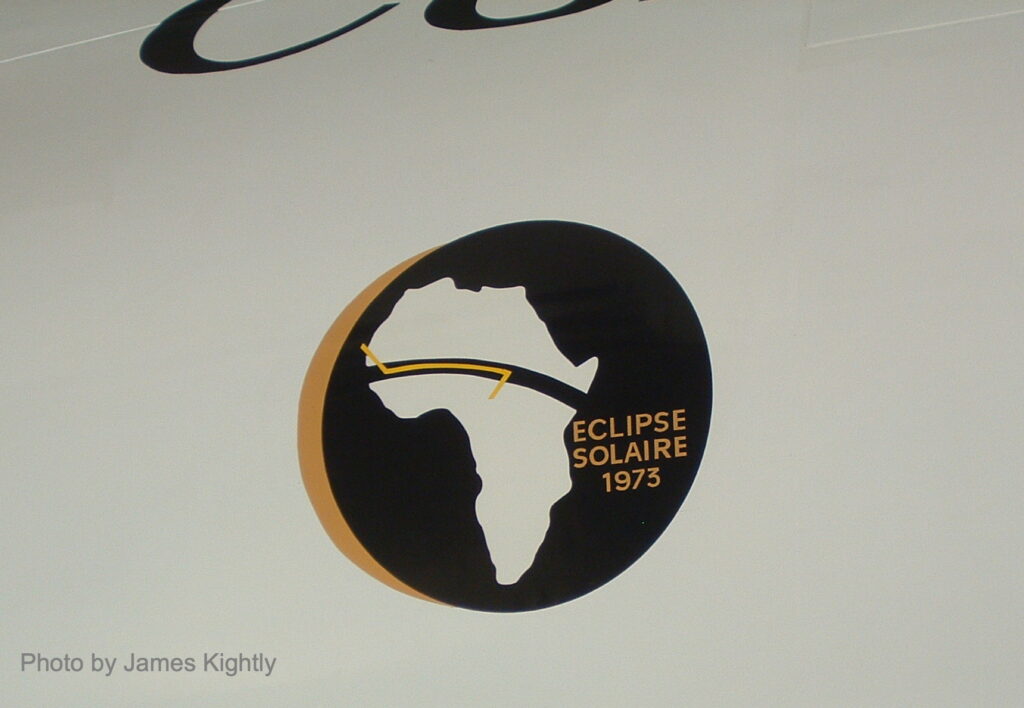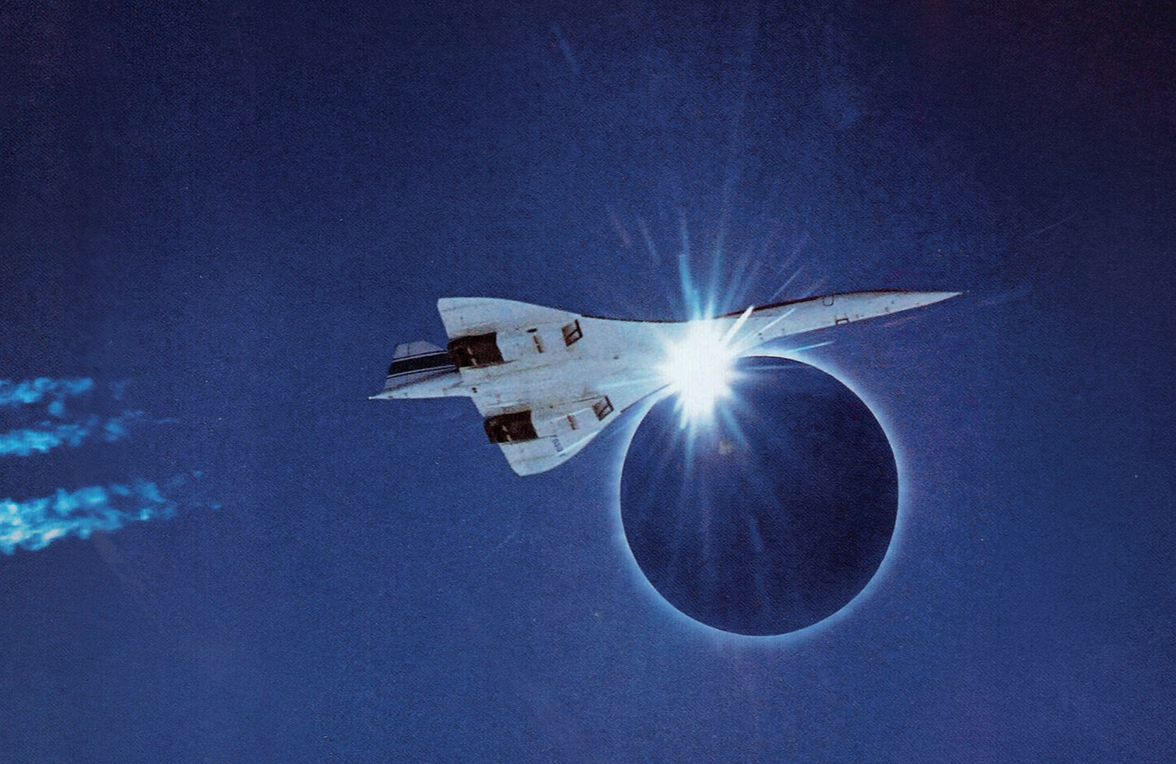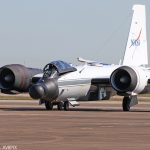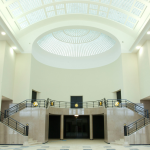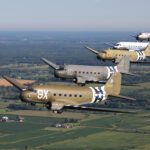By Commissioning Editor James Kightly
As covered in our article ‘NASA WB-57 to chase the 2024 total solar eclipse‘, the high altitude capabilities of a rare, specialist aircraft is being used to undertake stratospheric astronomy. But it’s not the first time a special aircraft has been used to do such a job, and that special, earlier machine is now preserved in a museum.
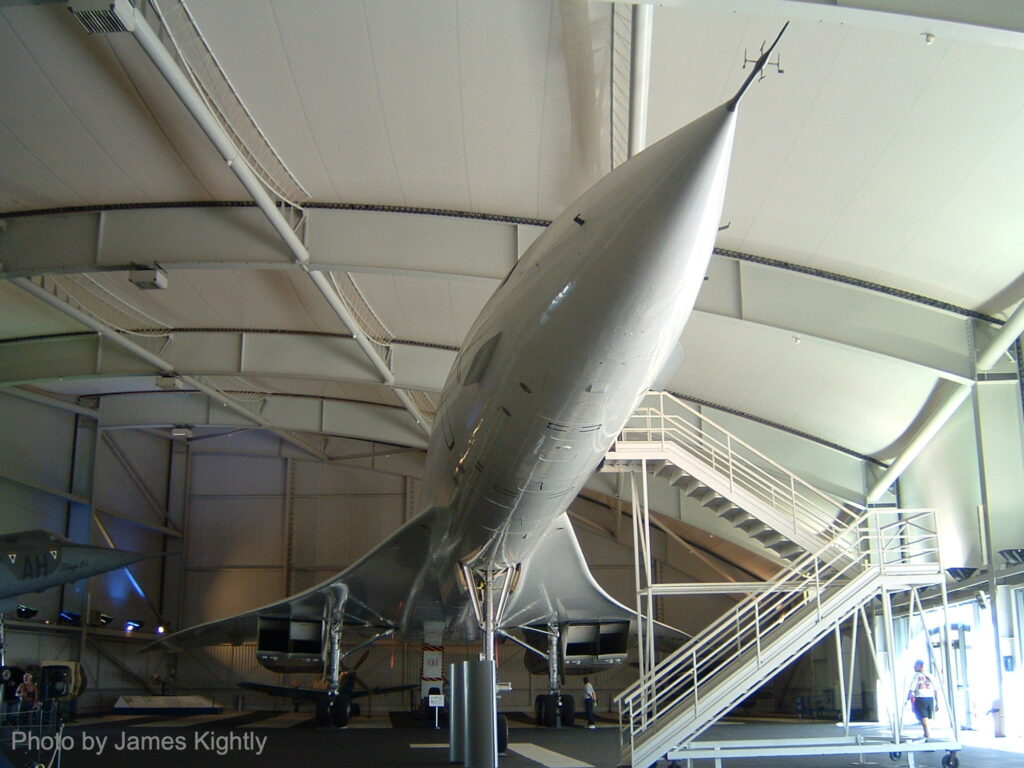
On 30 June 1973, a previous solar eclipse was ‘chased’ by astronomers aboard the French prototype Concorde, 001, registered F-WTSS. They flew over Africa, from the Canaries to Chad, taking advantage of Concorde’s speed capability to be within the moon’s shadow to observe the major solar eclipse for over an hour – in fact, 74 minutes in total. They passed over the Sahara, Mauritania, Mali, Nigeria and Chad while in the eclipse shadow.
The idea was conceived by young French astronomer, Pierre Léna, who realized that the then new (and still) exceptional supersonic speed of the airliner of 1,550 mph (2,500 km/h) meant it could stay with the shadow that would be traveling at 1,343 mph (2,162 km/h) across the earth’s surface. Léna was able to convince the Concorde development team, and the test pilot André Turcat, that they could undertake the project, even though it also required making four holes in the cabin ceiling of the pressurized fuselage of the airliner to be able to observe the sun’s position.
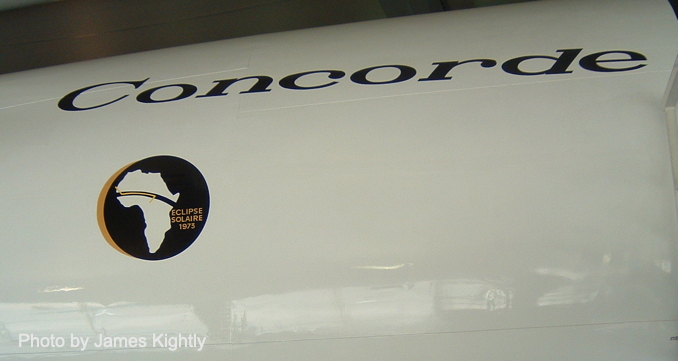
F-WTSS took off from Las Palmas airport in the Canary Islands at 10:08 a.m. on June 30, 1973. At 10:53 and 14 seconds, at a speed of 1,565mph (2,519 km/h) and an altitude of 55,700ft (17,000 meters) Concorde 001 entered the Moon’s shadow. André Turcat and crew made the rendezvous at exactly the right second and down to the nautical mile, and held the aircraft steady allowing the astronomers to perform all their experiments without problem. Among other advantages, the altitude made it possible to observe the area around the sun in infrared light.
Today Concorde F-WTSS is preserved, with the logo (seen here) of the flight at Musée de l’air et de l’espace, Le Bourget, France, along with production Concorde F-BTSD.
